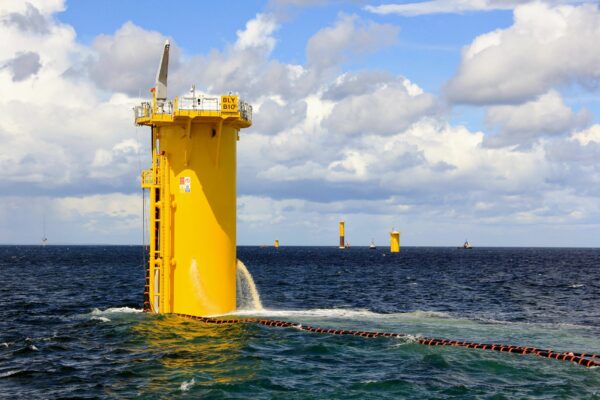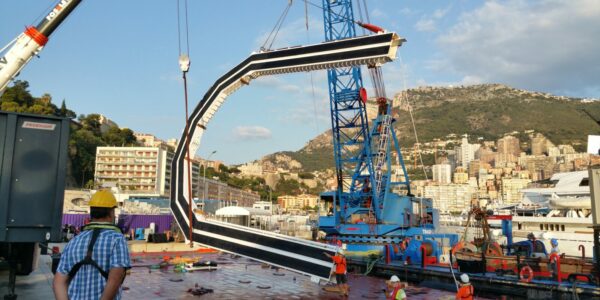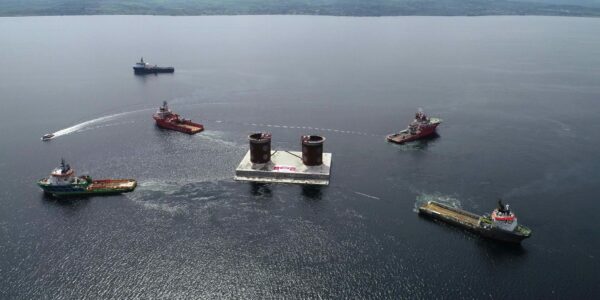
Immontec has more than 30 years of experience in tunnel immersion. Our field of work includes the engineering, preparation and execution of immersion processes including marine work.
Get in touchImmontec has more than 30 years of experience in tunnel immersion. Our field of work includes the engineering, preparation and execution of immersion processes including marine work.
Get in touchThe activities of Immontec can be divided into a large number of activities spread across the various phases of the immersion process.
Although each project has its own dynamics and scope, the work of Immontec starts with a Design Basis for floatation, transport and immersion. This is followed by a detailed design of the temporary facilities, further engineering and preparation for execution.
All engineering and preparation come together in the final execution of floating up, transporting and immersing the elements by Strukton Immersion Projects.
The entire immersion operation (OTAO®) is carried out by our experienced staff. We strive for versatility, innovation and effectiveness, resulting in quality. OTAO® has been a registered trademark of the Strukton Group since 1995 and is the Dutch abbreviation for Floating, Transporting, Immersion and Sandflowing.
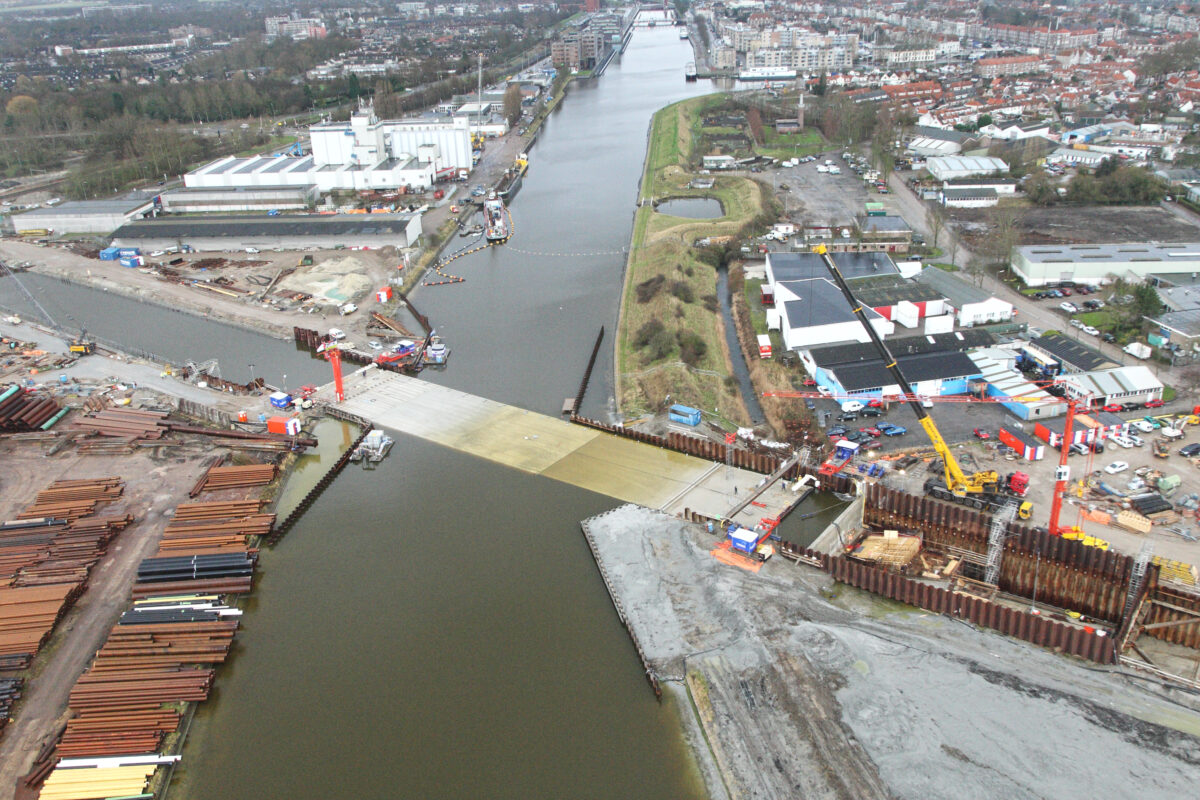
During the tunnel element casting process, the necessary temporary provisions are made for the OTAO process. These include all cast-in items (anchors, ducts, manholes, etc.), recesses, bulkheads, ballast tanks, ballast pipes, temporary supports for the elements, the GINA-gasket, pre-stress, etc. Part of the pre-calculated quantity of ballast concrete/water is also added to the tunnel units.
Work with us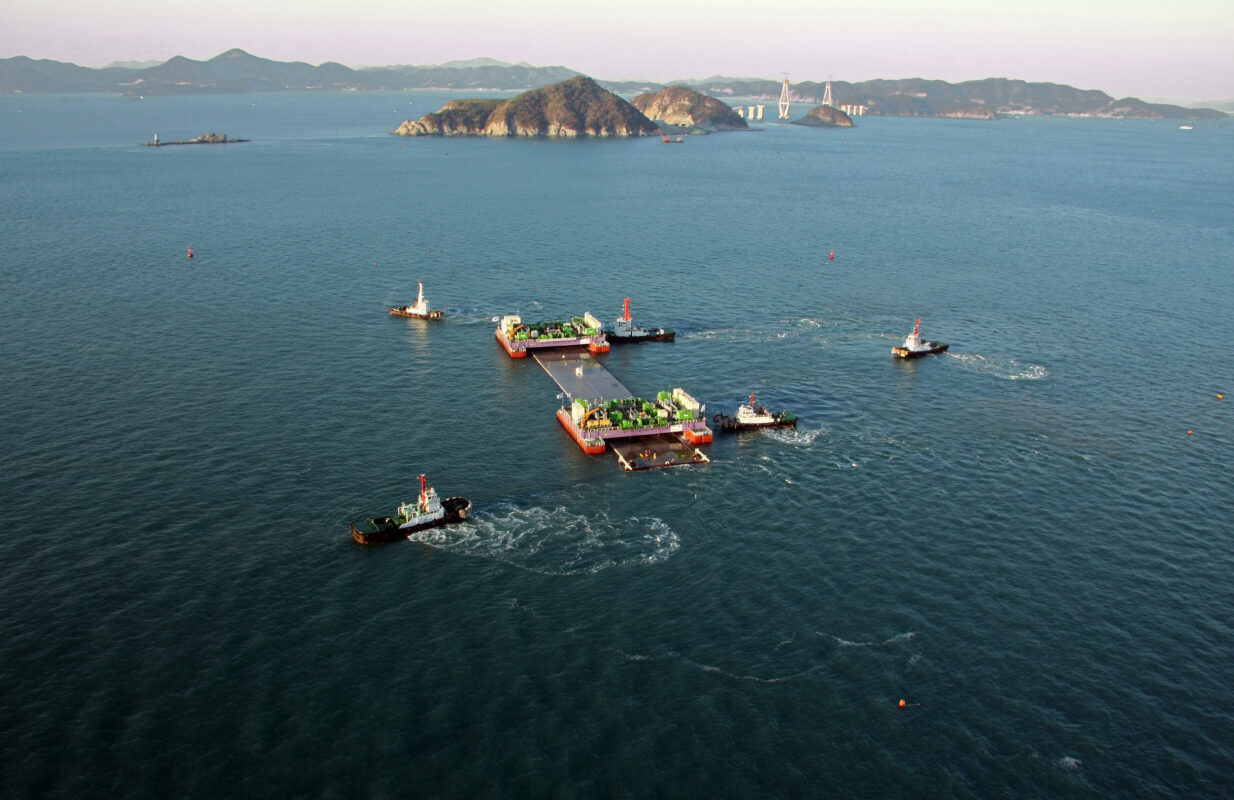
After completion of the concrete work, the ballast tanks are filled with water. The tunnel elements are sealed with temporary bulkheads, after which the casting basin dock is inundated. Controlled emptying of the ballast tanks then ensures that the tunnel elements start to float. As soon as this occurs, the element can be trimmed and the units are prepared for transport.
Contact us now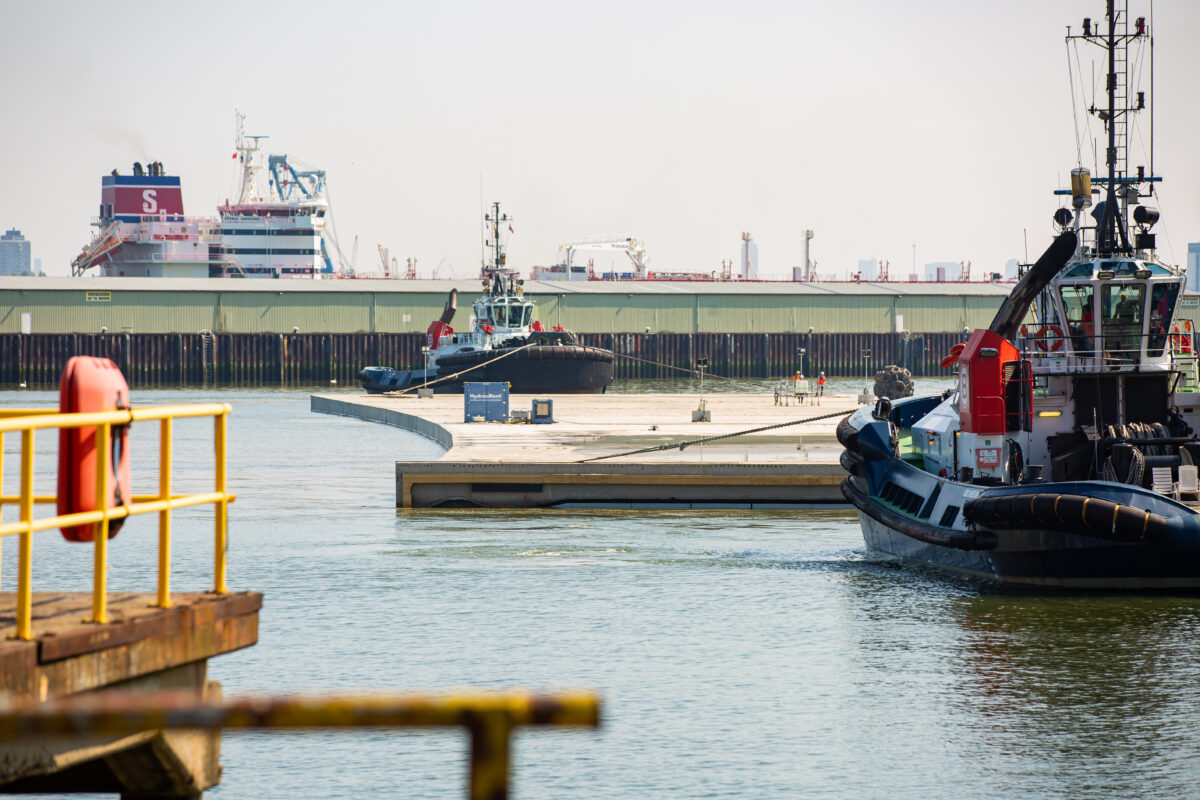
Once the tunnel units are floating, tugboats and winches tow the elements to the immersion location. Depending on the tugging conditions, extra provisions are added to the tunnel units. Sea transport, for example, requires entirely different provisions from river or canal transport due to the high waves. For instance, when the Wijkertunnel was transported across the North Sea, the concrete tunnel units were provided with additional protection against the force of the waves.
Work with us
Once the tunnel element has arrived at the immersion location, winches are used to position it horizontally above a dredged trench. The tunnel element is attached to immersion pontoons, sheerlegs, cross beams or a combination of the three. At the same time, a survey system of our sister company Geocon continuously monitors the exact position of the tunnel unit.
Once the tunnel unit is in position, the ballast tanks are filled with water. This gives the tunnel negative buoyancy. The element will then slowly be immersed and connected to the land section or preceding element. In its immersed position, the tunnel unit rests on a gravel bed as final foundation or is temporary supported with a temporary support system equipped with hydraulic jacks. The jacks are used to adjust the element to its exact required vertical position. The first watertight seal at the immersed joint is achieved using the GINA profile. The second watertight seal is added to the tunnel in a later stage using an OMEGA profile.
More about the team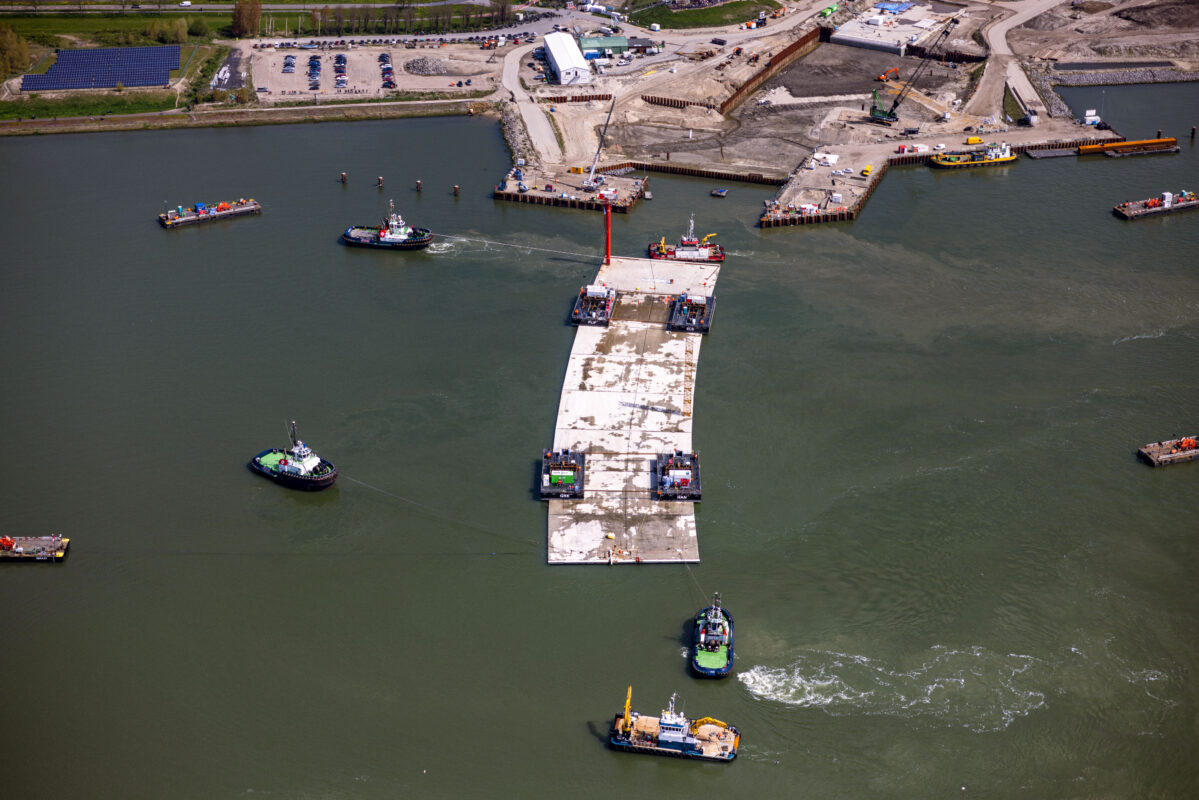
An immersed tunnels foundation consists either of a pre laid gravel bed tunnel or the element is first placed on a temporary support with a space underneath the element. When using a temporary support system, the space underneath the tunnel element is immediately filled with sand or grout after immersion. This creates the final foundation for the tunnel units. Using a sandflow or grout installation, pancake-shaped sand foundations are created under the tunnel element. To achieve this, divers attach a pressure pipe to the tunnel unit’s sandflow system. The sandflow stops once the pancakes supports the complete tunnel area. The temporary supports are released, and the tunnel elements rest on the sand or gout foundation. Finally, the immersion trench is back filled and the top of the tunnel unit is covered with sand and/or rock protection.
Mission accomplished!
Work with us
